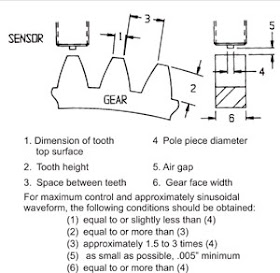One Series electronic switch reliably protects generator with I Am WorkingTM
 A
major electrical infrastructure company designs and manufactures power
generation turbines that use natural gas, oil, coal and other fuel
technologies. The company has standardized on One Series model 2XLP43 for
measuring gage and differential pressure to replace traditional transmitters, UEmechanical switches and mechanical gauges on their seal oil skids.
A
major electrical infrastructure company designs and manufactures power
generation turbines that use natural gas, oil, coal and other fuel
technologies. The company has standardized on One Series model 2XLP43 for
measuring gage and differential pressure to replace traditional transmitters, UEmechanical switches and mechanical gauges on their seal oil skids. THE PROBLEM:
THE PROBLEM:
Counting all of the tubing, elbows, t-fittings and
connections to each instrument and the pressure source, potential leak paths
quickly became a problem. Not counting block and bleed valves, there were a
minimum of 12 threaded connections where the media could leak. The cost of the
stainless steel tubing and fittings, the cost of the labor to plumb and
leak-test and the maintenance required should clogging or leaking occur were
all considered. Adding in the cost of the instrumentation and considering reliability,
clearly a better method was needed.
 THE SOLUTION:
THE SOLUTION:
The company needed a highly reliable instrument that could
evaluate and report its own health status and provide the functions of the
three instruments while reducing overall costs. The One Series 2XLP model is
primarily a smart pressure transmitter with display that includes a
programmable electronic switch – switch + gauge + transmitter all-in-one.
All One Series models include a self-diagnostic feature
called I Am WorkingTM that monitors several vital instrument functions and reports
health status three ways – locally on the digital display and remotely via the
4-20 mA analog and using discrete switch signals.
The One Series’ I Am WorkingTM feature watches for potential faults that could render the
device unreliable. Unlike other blind instrumentation, the One Series can
report detected faults with its own imbedded software, keypad, watchdog timer,
power, switch and sensor. For example, if a clog occurs in an impulse line
connected to the pressure sensor, the One Series can detect and report this
fault before it becomes a larger problem – an undetected fault. In this case,
the display will read “PLUG” while the switch opens (fail safe) and the 4-20 mA
output saturates to 24 mA. The PLC evaluating these outputs then initiates an
alarm or emergency shutdown, as appropriate.
For the company, the One Series carries worldwide hazardous location approvals and the units of measure are field adjustable, so no matter where in the world these seal oil skids land, the units of measure can be set to the local preference during commissioning. Reliability data is provided by a third-party failure modes and effects diagnostic analysis (FMEDA) report, available on UE’s website.
If you would like more information, pricing and availability on the UE One Series Switch or other United Electric Controls products please contact Forberg Scientific Customer Service.
Tool Free: 855-288-5330
Email: mechanicalsales@forberg.com

















 Contact Endress + Hauser
Contact Endress + Hauser

